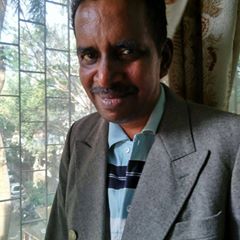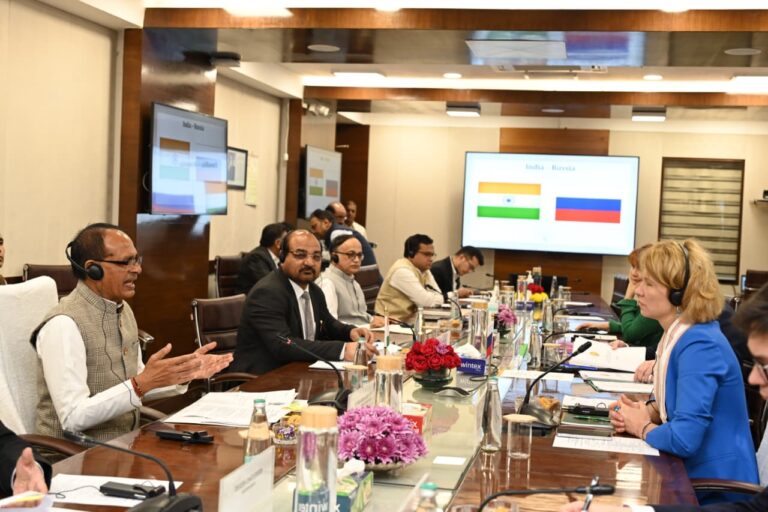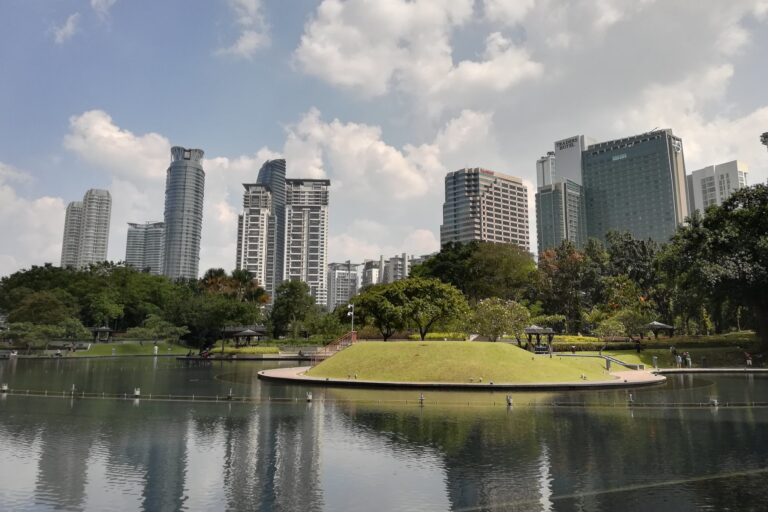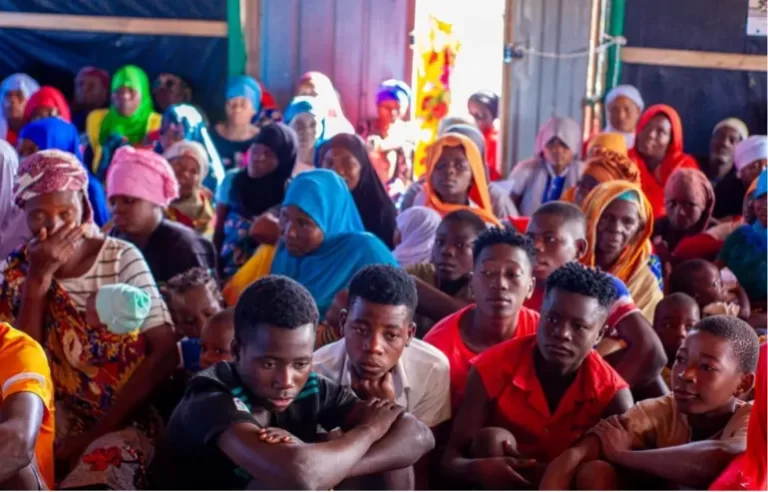
 By Venkatesh Raghavan
By Venkatesh Raghavan
When religions take a back seat, festivals become casualty
One of the aspects of how the Covid-19 pandemic affected the life of Mumbaikars from myriad walks of life, has been the shutting down of places of worship and ban on all religious assemblies. In a land where Godmen, astrologers and hermits have a significant role to play in the lives of its citizens, the ban imposed on places of religious worship is predictably difficult to palate.
To understand how this affected people’s lives, we first take a look at how festivals of different communities in the island city were treated. It was Gudi Padwa, the Marathi new year. Famed temples like Mumbadevi, Mahalakshmi and Siddhivinayak wore a deserted look. The priests in the temple were allowed to carry out their rituals. However, there was no audience permitted. Next in line came Good Friday followed close on heels by Easter Sunday. None of the churches were able to conduct the mass which usually gets jam-packed attendance on such occasions.
Also read: Beneath the sheen of the tinsel town-7
In fact, for passers by walking past the Don Bosco church, there were no visible signs of observing a solemn occasion like Good Friday or eventually celebration of Christ’s resurrection on Easter Sunday. Ramzan Eid also came and went and looked a non-event with the Muslim ghetto area of Umerkhadi in south Mumbai witnessing very thin crowd presence. In addition, their Friday prayers outside the mosque that used to extend to the streets, were conspicuous by their absence.
Zuber bhai who owned an attari shop in the usually crowded Null bazaar marketplace, said, “Fridays are not just confined to namaz or prayers. On completion of our Namaz, we all used to assemble at the local eateries like Shalimar Cool Point and other nearby eateries and celebrate. There used to be at least two rounds of faloodas before we settled the bill and moved on with our conversations. Now it looks like a distant pipe dream to restore such moments.”
The Christian community too complained about lack of bonhomie moments when they used to attend Sunday mass and visit the neighbouring restaurants like Classic or Barista in the central suburb of Eastern Matunga. Many of them used to visit the Irani restaurant bang opposite the Kings’ Circle garden on the main road. “The restaurant used to be packed to the brim on such occasions when our Mass ended. We sometimes had to wait outside for the rush to clear. There were many families that frequented the restaurant on such occasions. It meant a long waiting period as a family takes its own time going through different varieties of Irani snacks like Bun Maska and fried eggs or Kheema pav. Now neither do we get to visit the church premises and nor has the restaurant opened. It looks like a void has arrived on our Sunday worship and leisure schedule. Besides, we do miss seeing familiar faces who used to turn up at the Church on the occasion of Sunday mass,” said Nerissa Dsouza from the neighbouring Mahim area.
A Ganesh temple adjoining the railway station in Mumbai’s central area had a different complaint from its proprietor. “Every morning and evening our priests conduct the aarthi diligently. However, people are not allowed to enter the temple. This has caused a serious dip in the revenues received in our temple hundis. The revenue has stopped coming. However, we are expected to continue bearing the expenses on the priest’s salary and also the accessories like coconut and flowers from our pocket. The times are tough and it looks like we may have to bear with this till November end, the state government’s proposed deadline for throwing all places of worship open.”
Getting back to how Mumbai’s festivals fared, the biggest and the state’s most revered Ganpati Utsav, a 10-day celebration was almost a non-event. There were no pandals visible and instead of the life size idols that used to be on display outside several residential premises or compounds, there were miniaturized Ganpati idols kept indoors. The pomp and gaiety that went with the festival, including dancing to drum beats or sometimes favourite Bollywood numbers belted from loudspeakers, people standing in queue for darshan and prasad had all gone for a toss. Navratri too fared dismally with Gujarati youth who used to be excited about getting their invites for participating in the nine-day dance and celebrations on time, had hardly anything to look forward to. Said a seasoned Dandiya player, Nitin Shah, “It reminds me of a brief six-month period I had spent at Bangalore a few years ago. The spring festival of Holi came and went but there was no sign of any event happening anywhere. Only after I returned to Mumbai, did I get to realize that Holi has already passed.”
In short, religion and festivities that were an integral part of Mumbai culture have been relegated to the back seat.






Thanks for sharing your info. I really appreciate your efforts and I am waiting for your further
post thanks once again.